지지씨
The Paleolithic Site of Jeongok-ri
The Jeongok-ri Paleolithic Historic Site located along Hantan River is a place where traces of the oldest residential neighborhood in the country are left. It is a very important historic site for those studying the culture of the Paleolithic Period of the country and East Asia. Paleolithic archaeologists the world over also regard it as a very important historic site for their study. An 800,000㎡-wide basalt area southwest of Jeongok-ri was designated and protected as National Historic Site No. 268. The Gyeonggi-Do Office opened the Jeongok Prehistoric Museum in April 2011 for the preservation and positive use of the prehistoric site.
Jeongok-ri – Hand axes
Hand axes are major large-sized tools dating back to the Paleolithic Period. They have a sharp or an oval trimmed blade. They were named “hand axes” since they look similar to the present-day woodcutter’s axe. Hand axes were also used to skin and bone animals and smash their bones. Hand axes were the most recent tool for the Paleolithic people. Thus, they are called the MacGyver knife of the Paleolithic Period. Prof. H. Movius of Harvard University held the view that no Acheulean axe with double-sided blade had been used in ancient times in places east of India, i.e., East Asia, but such view was challenged following the excavation of Acheulean axes in Jeongok-ri, Korea. The Jeongok-ri hand axes provided a turning point in the research on the Paleolithic Period.
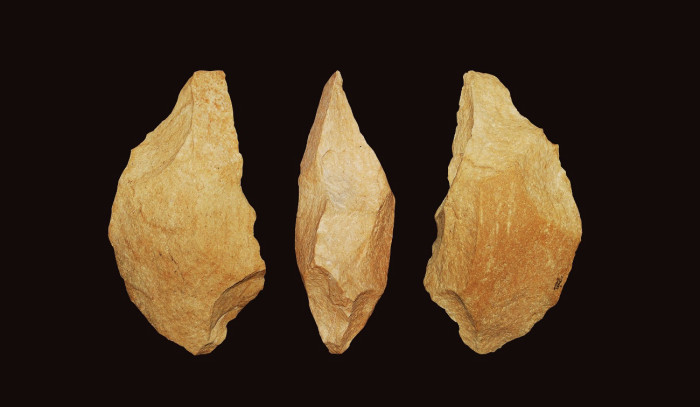

Hand axe & Pick
They led to many treatises reappraising the Acheulean industry. Even now, there is continuing controversy regarding Acheulean axes and Acheulean-type stone tool industry. If Acheulean is a term referring to the archaeological industry of stone tool manufacture of Europe and Africa, Jeongok-rian (Chongoknian) can be said to be a term referring to the archaeological industry of relatively more primitive hand axes in East Asia. Why the thin cutting stone blade of East Asia could not develop into a typical long-blade Acheulean and why the hand axes found in the stone tools industry have low frequency are subjects that need to be studied further.
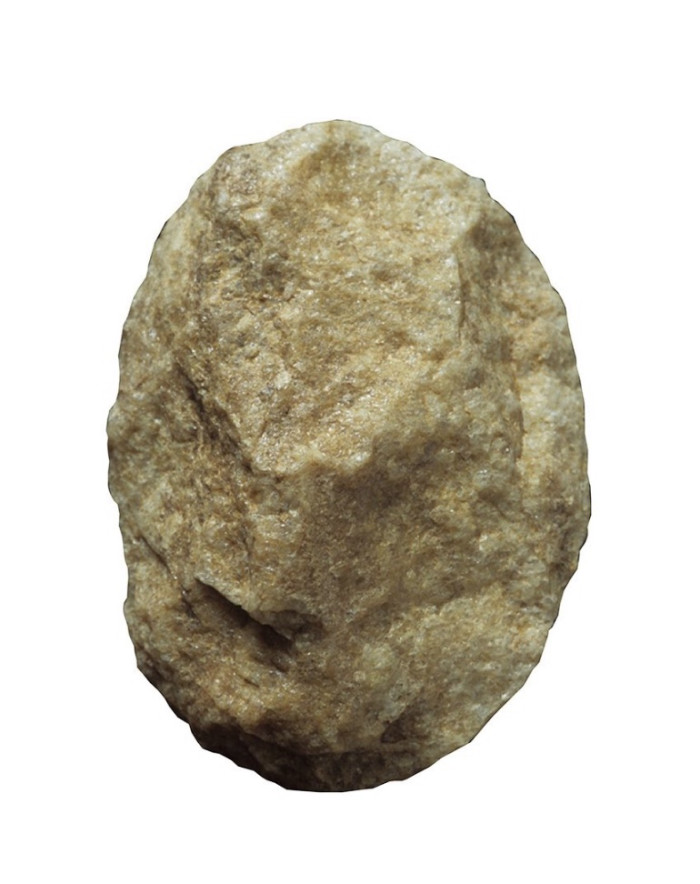
Acheulean Hand Axe
Acheulean refers to stone tools representing the early Paleolithic Period first found in St. Acheul, France. The tools are said to have emerged in present-day Konso-Gardula, Ethiopia 1.4 million years ago, and then disappeared 100,000 years ago. Acheulean hand axes are oval or triangular-shaped, and both sides of their blade are evenly trimmed. Their sides look similar to two palms held together. Many of them dating back to the early period are coarsely trimmed, but they gradually took on more refined shapes.
Jeongok-ri Paleolithic Historic Site – Discovery and Survey
US GI Greg Bowen happened to find stone tools dating back to the Paleolithic Period while spending time near Hantangang River in 1978. That was how the Jeongok-ri Paleolithic Historic Site came to be known to the world. The stone tools were handed over to Prof. Kim Won-ryong, Director of the Seoul National University Museum. An archaeological field survey was made, and the findings were reported to the academic circles as Acheulean-type hand axes. Between 1979 and 2010, excavation surveys were conducted on more than 17 occasions. Diverse types of stone tools such as hand axes, cleavers, hunting stones, fist-sized picks, scrapers, notched tools, etc., were unearthed from the sedimentary layer whose deepest part measured 8m. Natural science-based academic surveys were also carried out to see how the historic site was formed and how old it was. The researchers concluded that the Jeongok-ri site was at least 350,000 years old as one that was formed during the Paleolithic Period.

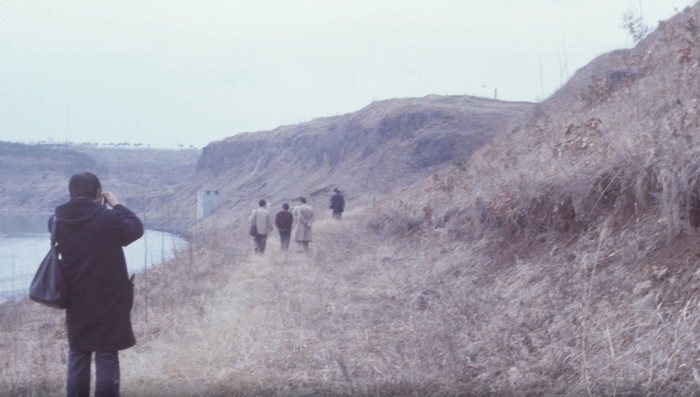

First excavation survey, 1979

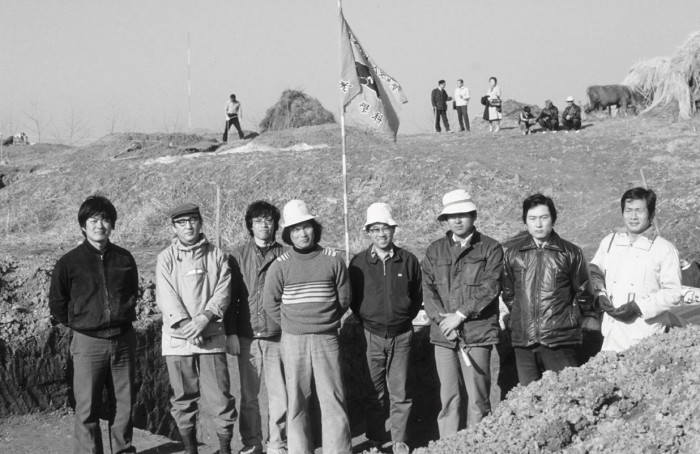
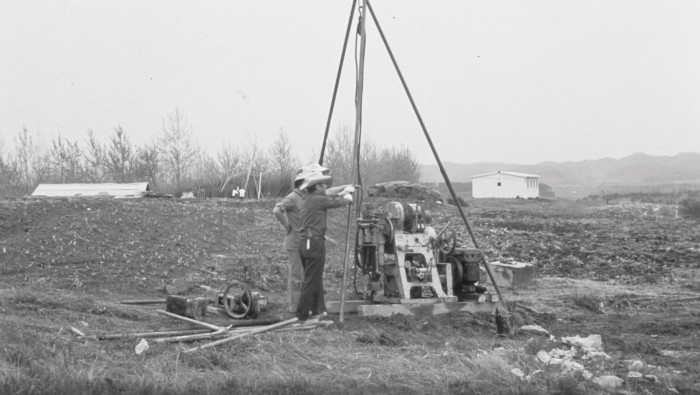

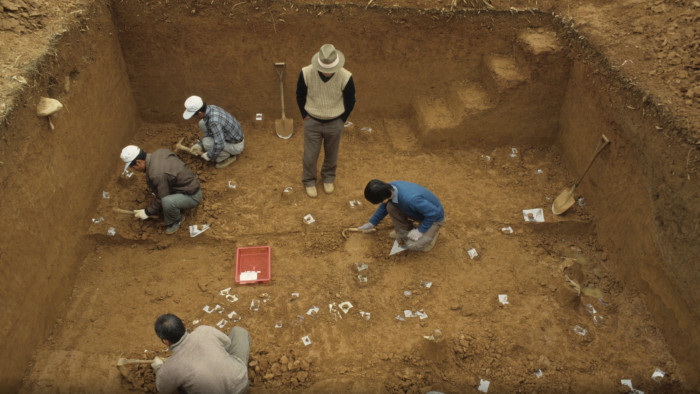
TPⅢ B excavation, 1986
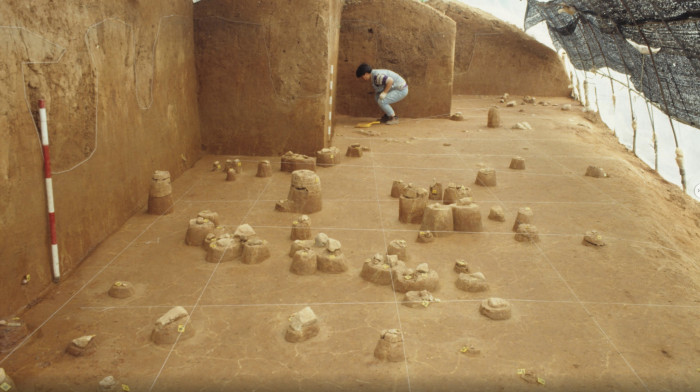

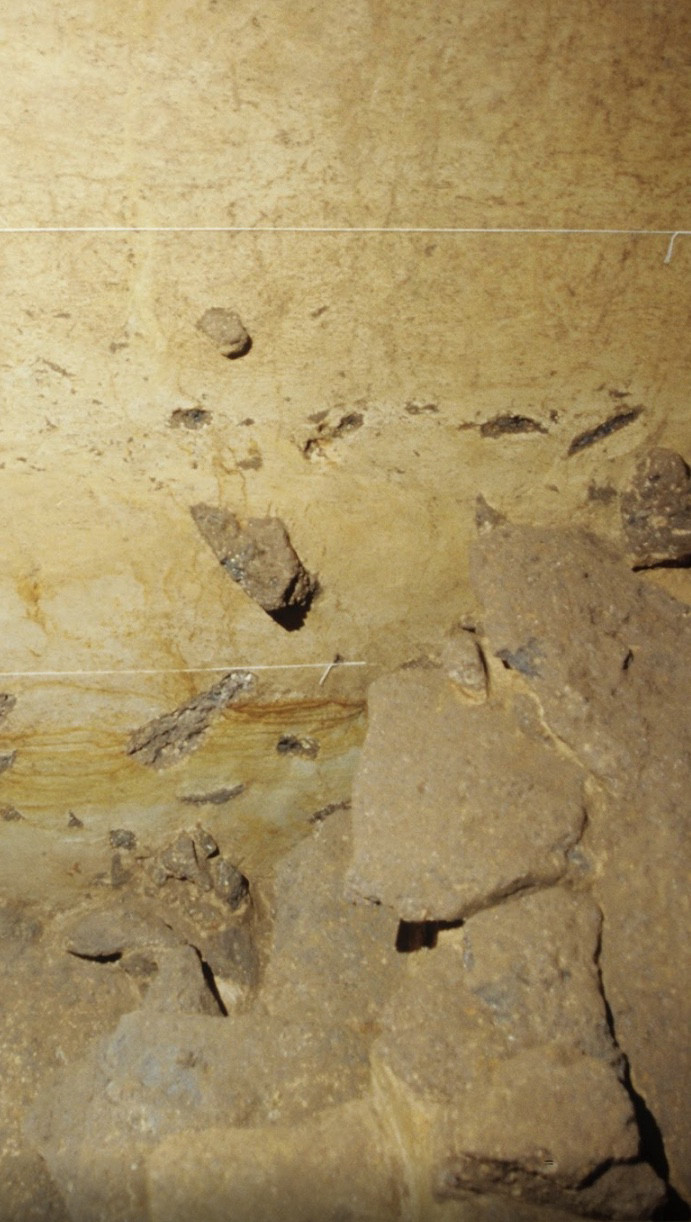
E55S20-Ⅳ pit, basalt rock bottom
Hantangang River originates in the northeast part of the Chugaryeong Fault Zone, which longitudinally divides the soil quality of the Korean Peninsula into two, passes through Jeongok-ri, and flows into Imjingang River or passes through Munsan and flows into Hangang River. The Imjin and the Han flow into the West Sea. Jeongok-ri is about 50km from the West Sea. Mountains in Pocheon to the east of Jeongok-ri and in areas to the east of Pocheon are higher than those to their west.
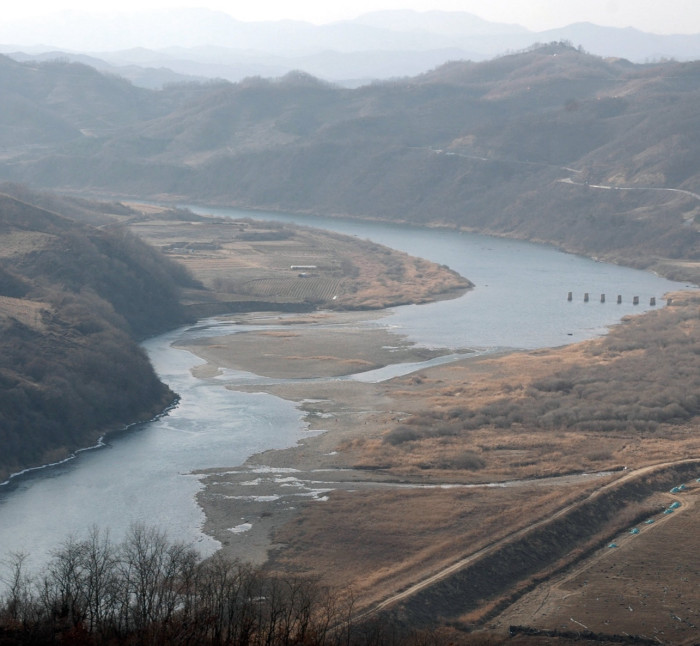

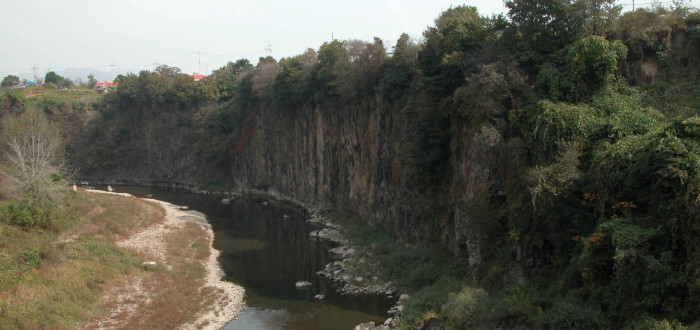 Basalt cliff of Chatancheon Stream as viewed from Jangjingyo Bridge
Basalt cliff of Chatancheon Stream as viewed from Jangjingyo Bridge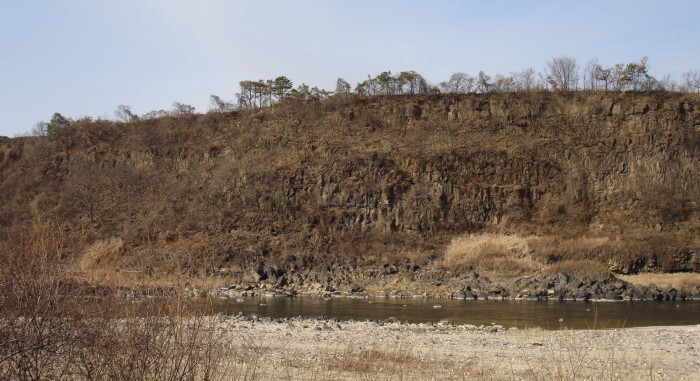

Basalt, Baeguiri layer, and gneiss
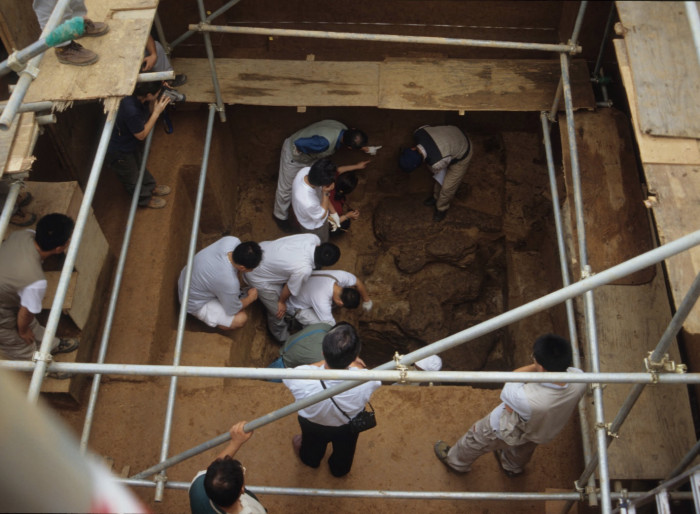

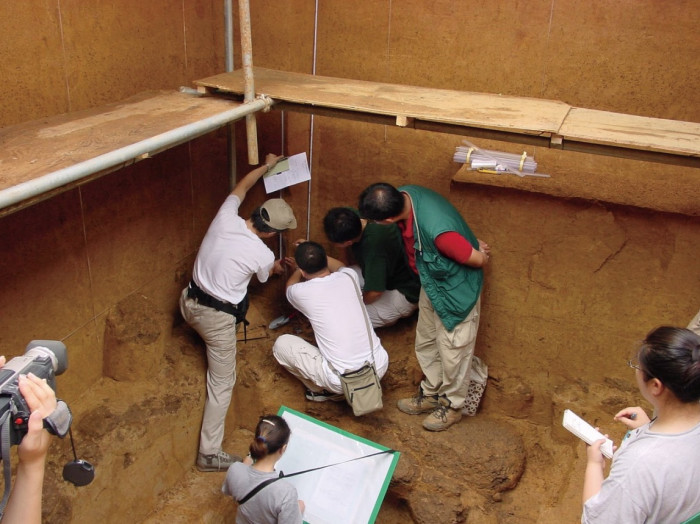 E55S20-Ⅳ pit, work of soil analysis sampling, 2002
E55S20-Ⅳ pit, work of soil analysis sampling, 2002<ggc의 모든 콘텐츠는 저작권법의 보호를 받습니다.>
- 글쓴이
- 지지씨
- 자기소개